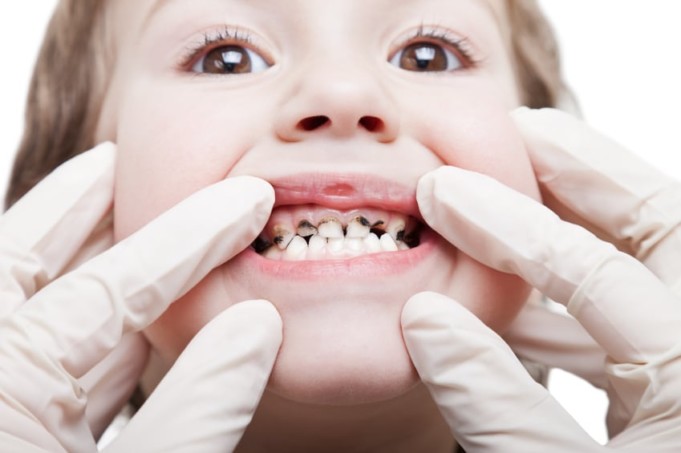Taking your kids to the children’s dentist for a cleaning is a walk in the park for most people, but the exam sometimes causes anguish. Finding out you have a cavity is no fun at all, even though it can usually be repaired with a simple filling when caught early enough.
For some people, however, tooth decay is a huge problem, and it affects everything from their confidence to job prospects, and even their overall health. The good news is that scientists are continuously working on ways to prevent tooth decay, and the latest development is nothing short of amazing.
Researchers Have Created 3D Printed Teeth
The 3D printing process is advancing technology in almost every industry. It’s used in home applications, by automakers, and in healthcare. The concept, itself, is simple. A computer is loaded with a digital file of what an item should look like, and the printer stacks layer upon layer until a fully-formed 3D model emerges. There are several variants to the technology, and new materials are in development, enabling some incredible things to be built almost instantly.
A couple of years back, researchers designed a human ear using the 3D printing process, and it was built with real living cells. Not only does it function like a natural ear, it works like one, too. Similar technology, involving CAD/CAM design, is already used in mainstream dentistry.
This is how things like CEREC crowns are made, though those are milled, rather than formed on a 3D printing machine. Invisalign, a popular teeth straightening system, also uses the technology. Now, researchers say they can make real, implantable teeth using 3D printing.
The Material Used Can Kill 99% of Oral Bacteria
Researchers are still refining the process. They’re not sure if the material is strong enough to hold up to strong mechanical forces inside the mouth, but if it takes off, this could be huge. They’re using antimicrobial quaternary ammonium salts inside composite resins that the dental industry already utilizes.
If you’ve ever heard your dental office call a white or tooth-colored filling a “composite filling” or a “resin filling,” that’s why. It’s the same type of material. However, imbedding antimicrobial materials is a whole new thing.
In the future, people might be able to receive dental implants that look and function like normal teeth, but will also kill oral bacteria. The additives are positively-charged, which means they eliminate negatively-charged bacteria. It’s basic chemistry, and it’s totally safe for people and animals.
Antimicrobial Composites Can Be Integrated into Other Tooth Repairs as Well
According to reports, Americans spend more than $20 billion every year on failed restorations. These issues come about because bacteria leeches in underneath an existing tooth repair, and decay forms underneath it.
The new antimicrobial composite resins may be used in fillings, crowns, and veneers, in addition to being used as dental implants. In other words, going to the dentist for dental work one time, could ensure you’ll never have to have dental work again. The materials used in the 3D printing machine will kill all the bad bacteria that’s responsible for causing tooth decay.
The Technology is a Boon for Orthodontic Patients, Too
Those who have undergone orthodontic treatment know how difficult it can be to keep bacteria and plaque at bay. This often results in inflammation and gum disease, as well as cavities. Researchers indicate that these types of complications cost Americans more than $500 million every year.
If antimicrobial composites are used in orthodontic appliances, these problems may be solved. Considering that Invisalign already uses 3D printing, it may only be a matter of time before they, and other similar companies, adapt their materials to include antimicrobial additives.
Health Benefits also Exist Outside of Dentistry
Researchers have noted that great possibilities extend outside of dentistry as well. The technology may also be integrated into other implants, like knee and shoulder replacements, minimizing the chance of implant failure due to infection. These advancements could stop as much as two million infection-related implant complications every year.
This is incredibly exciting news in the dental industry, though we’re likely still many years out from antimicrobial additives being included in common dental materials and devices. Researchers need to do a lot more testing to see how the materials hold up. Even still, teeth may be able to essentially clean themselves, though brushing and flossing will still be necessary to remove debris.












